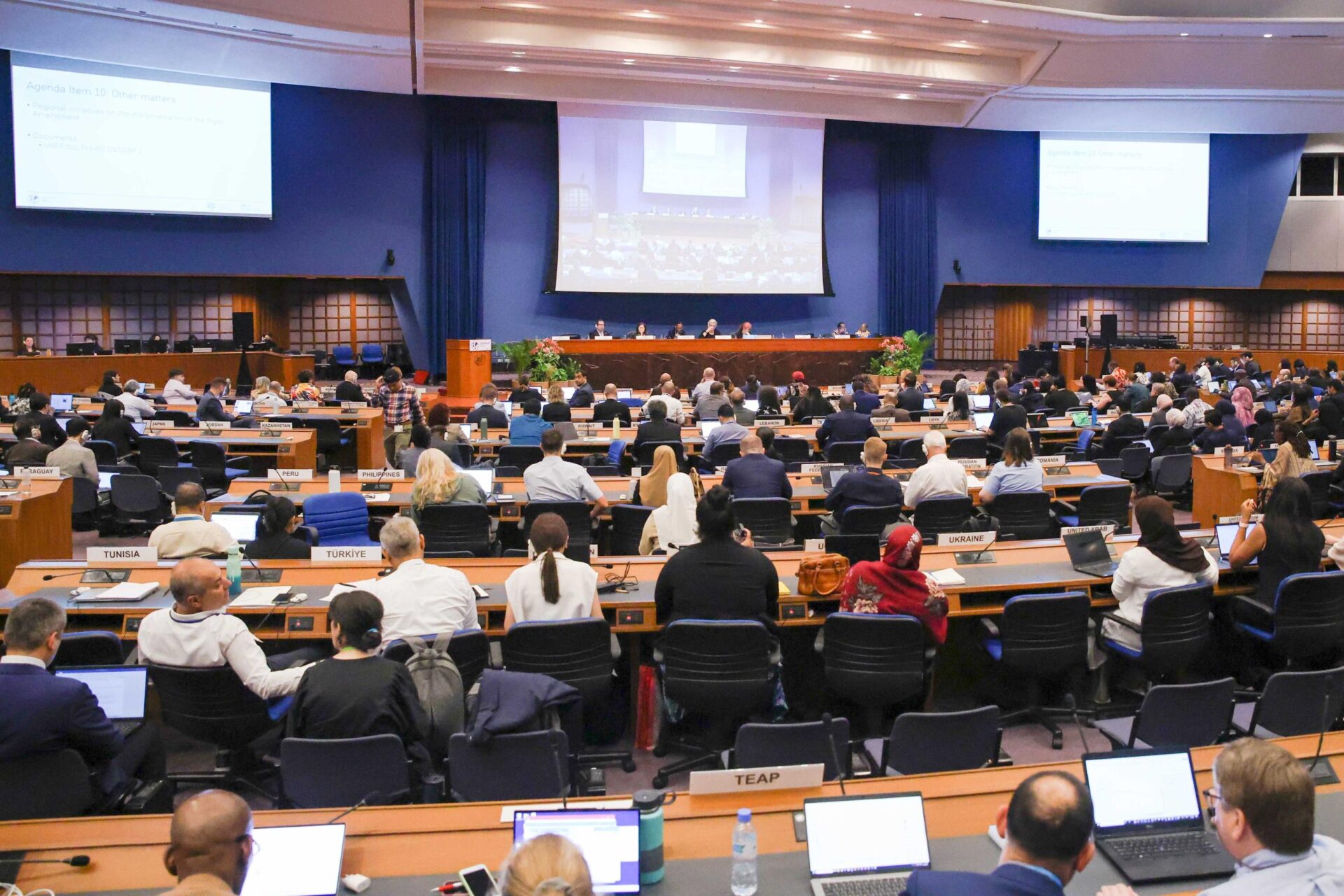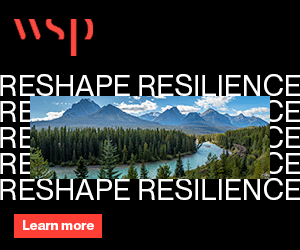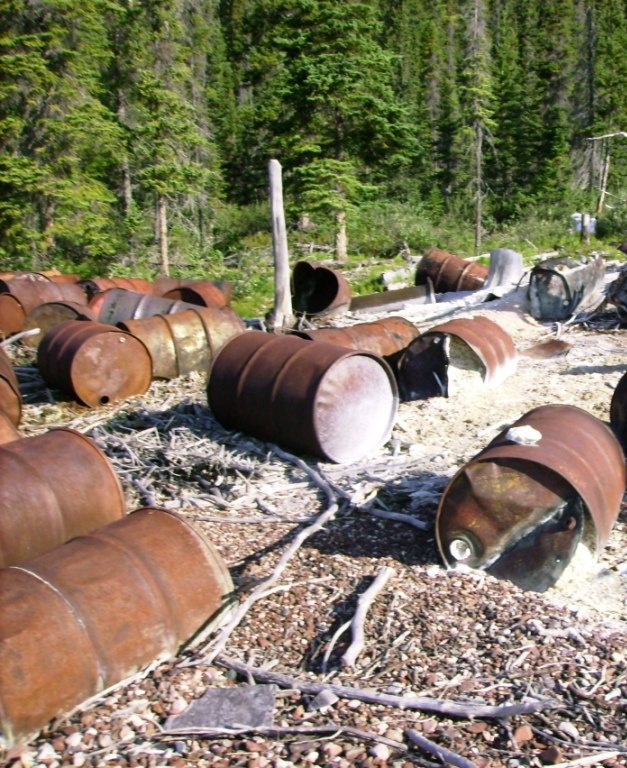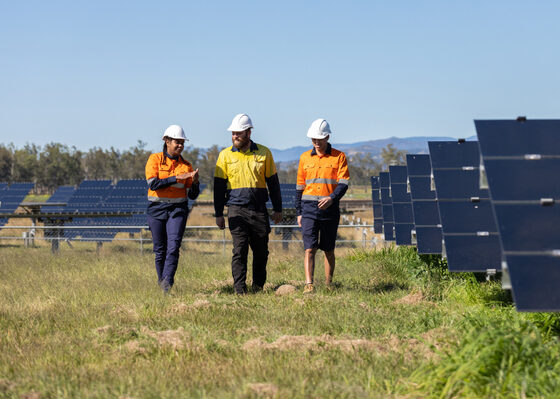Sunday, October 5, 2025
This week’s 47th Meeting of the Open-ended Working Group of the Parties to the Montreal Protocol wasa mixed bag of agenda items that led to agreement on some low hanging fruit, but featured disagreement on several issues, including feedstock uses of controlled substances, according to the report from the International Institute for Sustainable Development (IISD).
The meeting also touched on regional initiatives to support the Kigali Amendment, and if the State of Palestine could access funding under the Protocol.
Parties completed initial discussions on all agenda items and didn’t shy away from tackling sensitive and contentious issues. But they also showed signs of harmony and concluded one agenda item early. The working group reassessed and confirmed that developing countries phasing out hydrochlorofluorocarbons (HCFCs) by 2030 should still be able to consume 2.5 per cent of their original production average for the servicing of existing refrigeration and air conditioning equipment until 2040.
Background on international ozone policy
The Montreal Protocol is an international treaty designed to protect the Earth’s ozone layer by phasing out the production and consumption of ozone-depleting substances (ODS). It is considered one of the most successful multilateral environmental agreements and is the only United Nations treaty ratified by every country in the world.
It was agreed on 16 September 1987, and entered into force on 1 January 1989. Since then, it has undergone several amendments and adjustments. As a result of the international agreement, the ozone hole over Antarctica is slowly recovering. Climate projections indicate that the ozone layer will return to 1980 levels between 2040 (across much of the world) and 2066 (over Antarctica). Due to its widespread adoption and implementation, it has been hailed as an example of successful international co-operation. Former United Nations (UN) Secretary-General Kofi Annan stated that “perhaps the single most successful international agreement to date has been the Montreal Protocol.”
Key aspects of the Montreal Protocol:
- Phasing out ODS:
The protocol mandates the elimination of production and consumption of nearly 100 ozone-depleting substances, including chlorofluorocarbons (CFCs), halons, and methyl bromide.
- Timelines and Provisions:
Different timelines are set for developed and developing countries to phase out specific substances.
- Multilateral Fund:
A financial mechanism supports developing countries in their transition away from ODS.
- Reporting and Monitoring:
Parties are required to report on ODS production, import, and export.
- Trade Restrictions:
Trading of ODS is restricted to countries that are parties to the protocol.
- Scientific Assessments:
Regular assessments ensure the protocol remains up-to-date with the latest scientific, environmental, and technological information.
- Climate Benefits:
Because many ODS are also potent greenhouse gases, the protocol’s efforts have significantly contributed to mitigating climate change.
For further information, click here.
Featured image: View of the Plenary Room of the 47th meeting of the Open-ended Working Group of the Parties to the Montreal Protocol (OEWG 47). Credit: IISD/ENB | Anastasia Rodopoulou.












